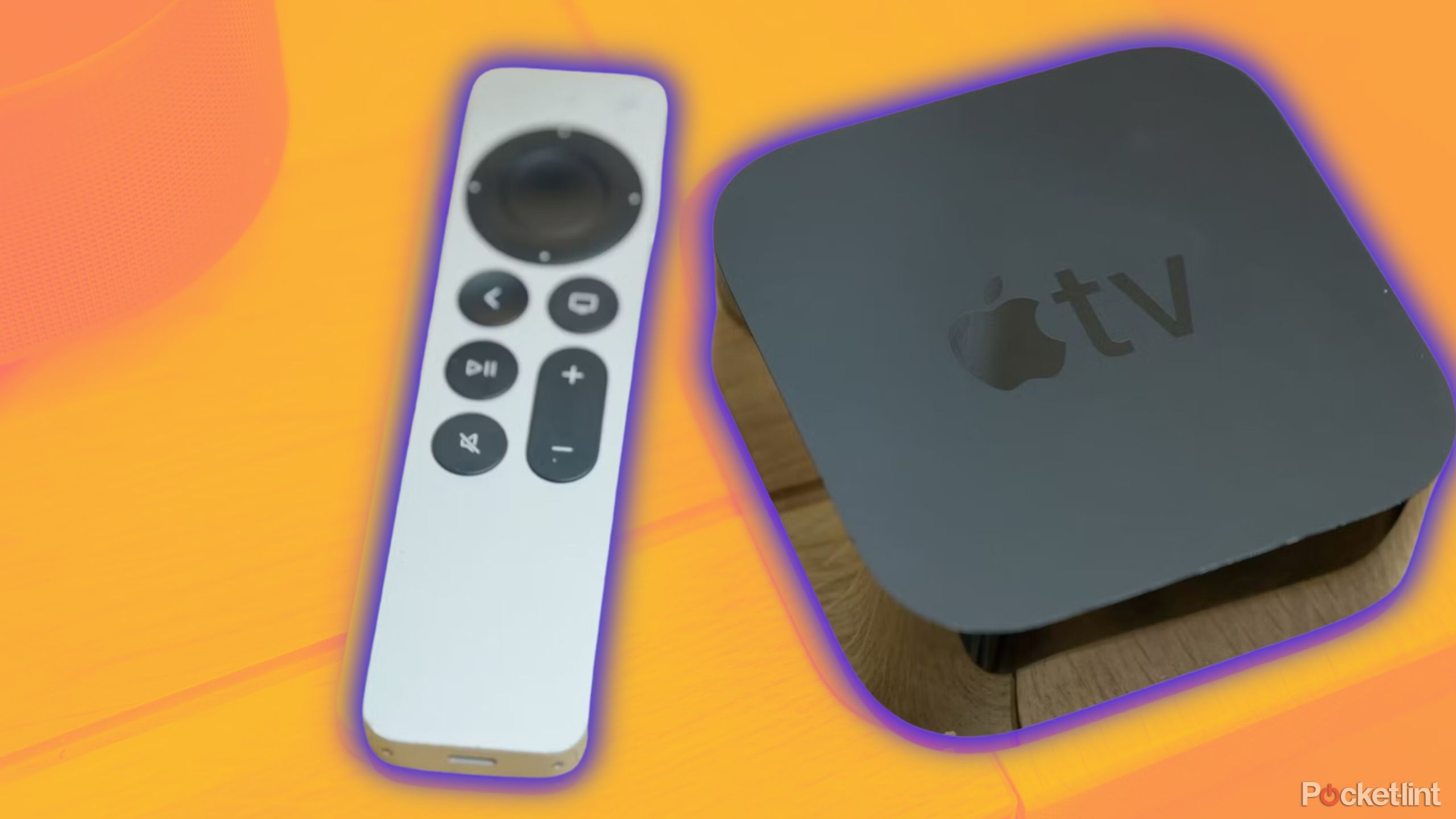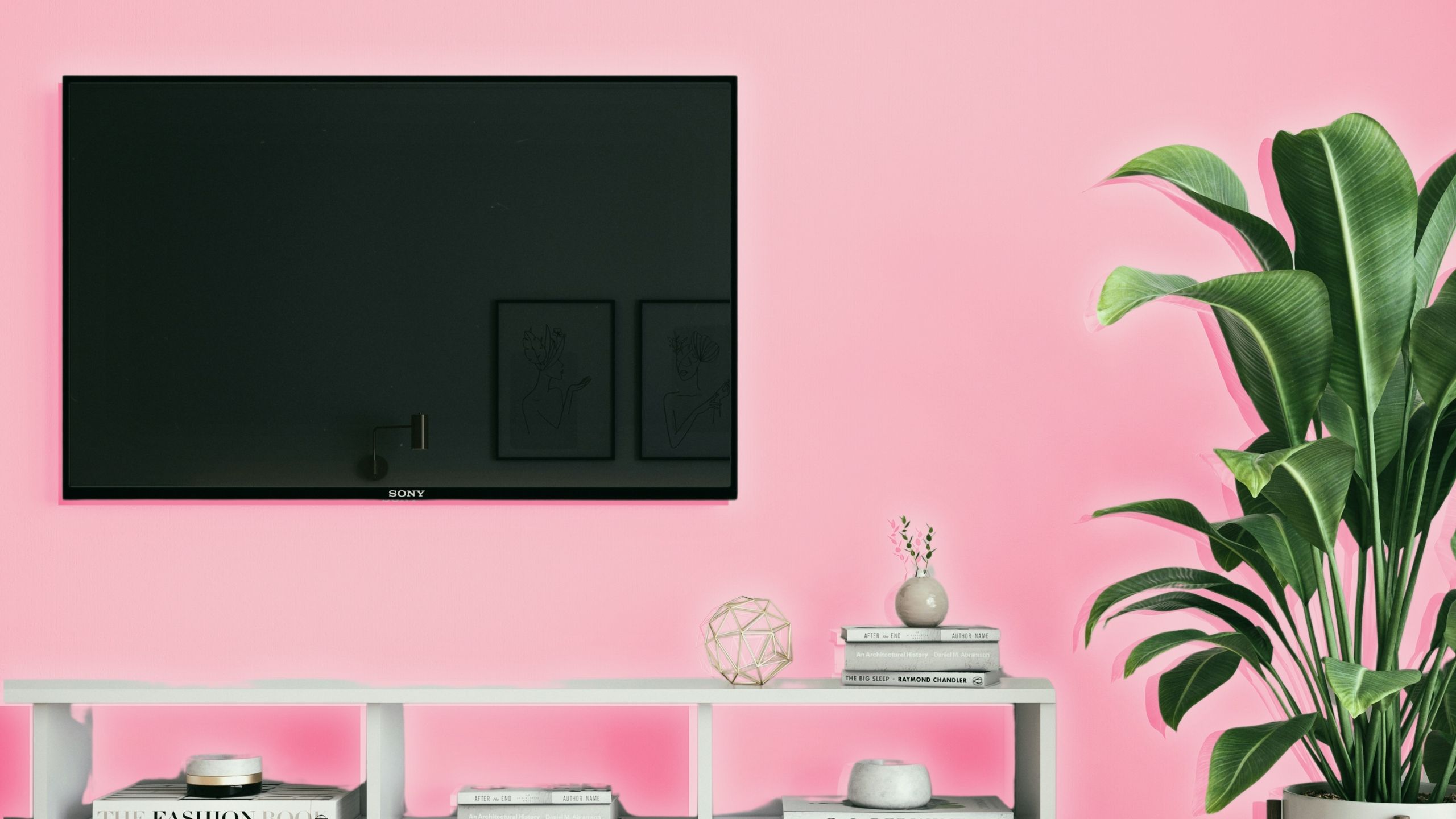4 TV settings to change for a clear conversation
[ad_1]
Key Takeaways
- Adjust the treble and bass settings to prioritize high frequencies.
- Use existing presets that enhance dialogue in different types of content.
- If you can't invest in a soundbar, make sure the apps don't think you're using it.
For all the technological advancements and innovations that make up the world of modern smart TVs, they often conflict with the viewer's basic needs — unfortunately — especially when it comes to sound. Although not necessarily a design fault, TVs are designed to enhance the picture on the screen and support the best sound but not create it. That means if you don't invest in a proper sound bar and surround sound system, which you should definitely do if you can afford it, then there is some work required on the part of the viewer to optimize the settings and enjoy reliable, focused content.
Related
These are 5 ways I can make my TV sound louder
Your TV may be heavy with sound, but your ears don't have to be.
A common problem for viewers is not being able to hear a clear conversation. It is the result of a combination of settings where background noise and music are enhanced and voices are softer. This is especially a problem for high-energy films, especially action and science fiction content that includes special effects, explosions, or intense scenes.
Fortunately, there are ways to fix this common problem, so you can hear the characters talking to each other and understand what's going on.
1 Bass down, treble up
Simple solution
The first and easiest way to try to fix the problem is to check the basic settings on bass and treble. The former is often the victim of unclear conversation because the bass will often exceed the frequency of the conversation, making it difficult to stand out from all the other noise. Most basic TVs will have a bass reduction option; do so until the dialogue seems clear.

Related
5 smart TV features that just don't matter
New smart TVs offer a host of features and benefits, but not all are created equal.
If that doesn't do the trick, look at the treble, which refers to the higher frequencies, and increase that gradually until you achieve the desired effect. More advanced TVs may have a more detailed equalizer available for you to consider. This may take time and effort, but the opportunity to play with additional sound levels will allow you to better find the perfect balance for your content. Even with a more detailed EQ, the goal is the same: lower the low frequencies that might overpower voices, and boost the high frequencies.
More advanced TVs may have a more detailed equalizer available for you to consider.
2 Check the sound modes
A preset prepares the content
If you can't adjust the bass and treble, or if the adjustments aren't enough, then a preset might be your answer. Your TV may have certain modes that enhance dialogue or cater to certain types of content, whether it's drama, action, sports, or music.
This is a seasonal balance preset that sets the treble, bass, and other frequencies at a certain ratio to make a certain genre more faithful to the listening experience. There are usually presets that enhance dialogue while reducing background noise.

Related
Best Bose sound bars: Audiophile recommended and rated
For now, these are the best sound bars in Bose's catalog that can elevate your home theater listening experience.
If they are, they should be found under your TV's sound settings. The name of the preset will vary depending on the type of TV. Anything that relates to or sounds like 'clear voice' or 'dialogue booster' should do the trick. A similar option may be something called “Night Mode,” if available, which will lower the bass sound and special effects. This setting is designed for use when those in other rooms may be sleeping, but in doing so it also improves conversations.
3 Remove ambient noise
Pressure can be a problem
Another way in which sound, especially audio, can be distorted or hard to hear is through Dynamic Range compression. Some TVs and applications may have automatic settings that take care of the surround sound setup, which optimizes the sound distribution of 3-channel, 5-channel, or 7-channel programs. It's great if you have a connected soundbar and compatible speakers, but if you're using your TV speakers, or a simple two-channel soundbar, the conversation may be questionable.

Related
I always check these 7 smart TV settings to get the best picture and sound quality
Adjusting these settings will help you get the most out of your new TV right away.
This is a notable issue, especially when it comes to Netflix, which often automatically sets the sound to a 5.1 channel system. If you're watching content on Netflix, pause the title and scroll down to the audio options on the screen. You can turn English 5.1 off and switch to English, without compression. If you notice that in some streaming services or applications the dialogue sounds fine, and in others it doesn't, then your TV may not be the problem. Check each app's audio settings to make sure it's not suppressing the sound because it thinks you have a bigger sound system than you do.
4 Open the subtitles
Read it once
an apple
This won't help you hear better, but it will help you understand. If all else fails on your TV, subtitles are your next solution for hearing conversation. An increasing number of viewers, especially those who use streaming services regularly, are becoming more comfortable using subtitles, due in part to the increasing popularity of non-English content.

Related
5 useful Apple TV tricks every tvOS user should try
If you are an Apple TV user, using these features is essential to get the most out of your viewing time.
That also means the subtitles are better than ever. Platforms like Apple TV strive to make sure that the subtitles match the dialogue so that it appears as the characters speak, not too early or too late. Many platforms, like Amazon Prime, for example, allow you to change the size, style, and even color of subtitles to make on-screen reading more accessible. Displaying subtitles on screen doesn't have to be distracting, and it doesn't mean you have to read all the time. Turning on the subtitles can help during certain scenes of the film where the background noise is loud; you may not want to adjust the settings if it means losing sound quality elsewhere in the story.
Not being able to hear dialogue clearly and distinctly is a common problem with today's TVs. While investing in a quality sound bar, preferably with three channels, will go a long way in solving this problem and improving the overall sound experience, there are settings you can adjust to follow what's going on without stress or confusion.

Related
7 signs it's time to upgrade your TV
You may be tempted to upgrade your TV with new technology, a little beauty, or, if it's more than five years old.
[ad_2]
Source link











